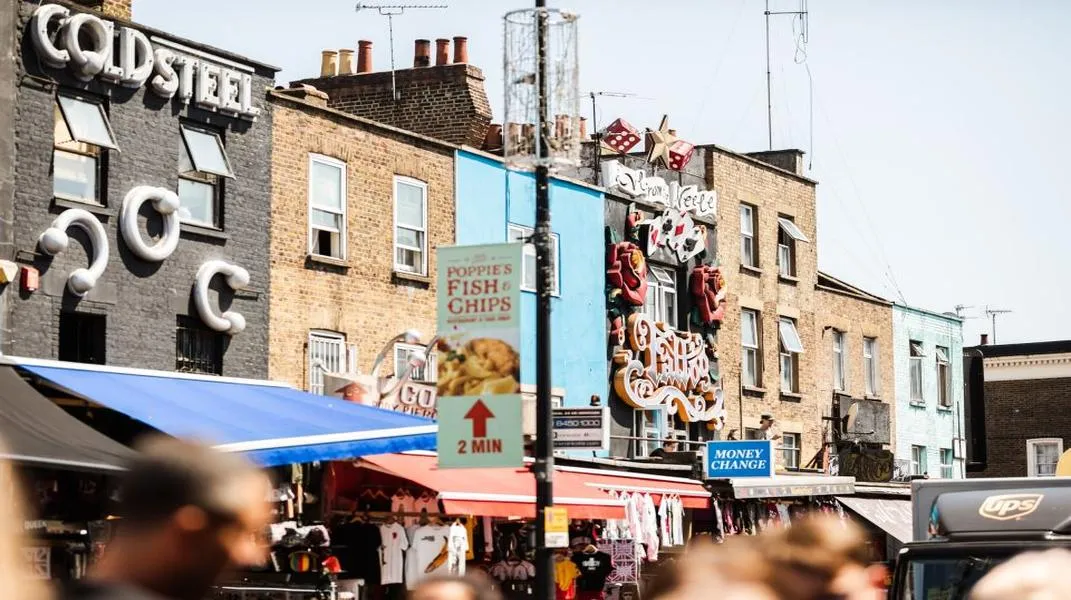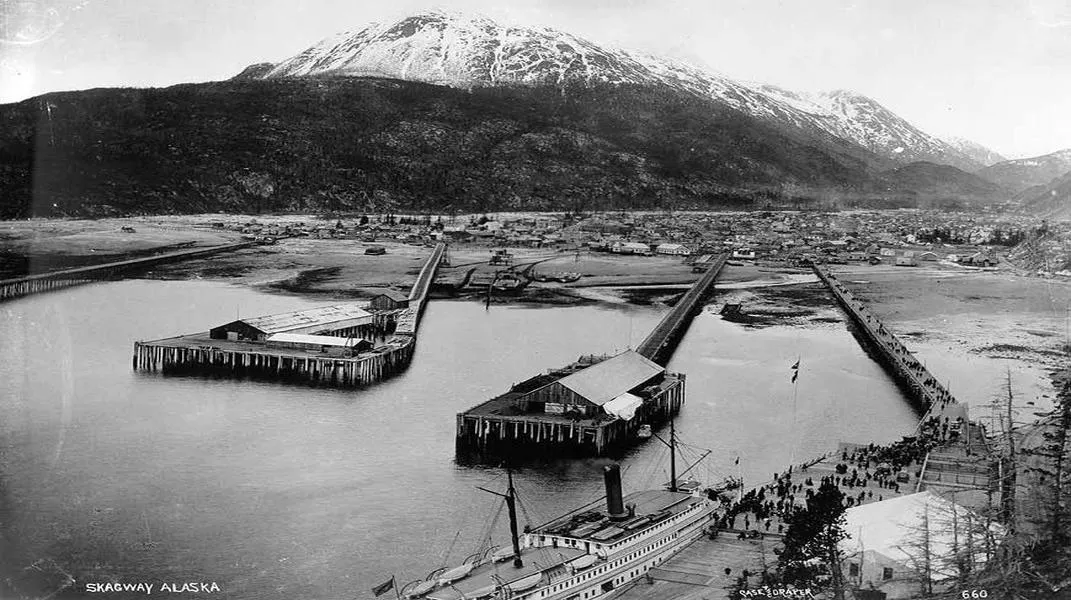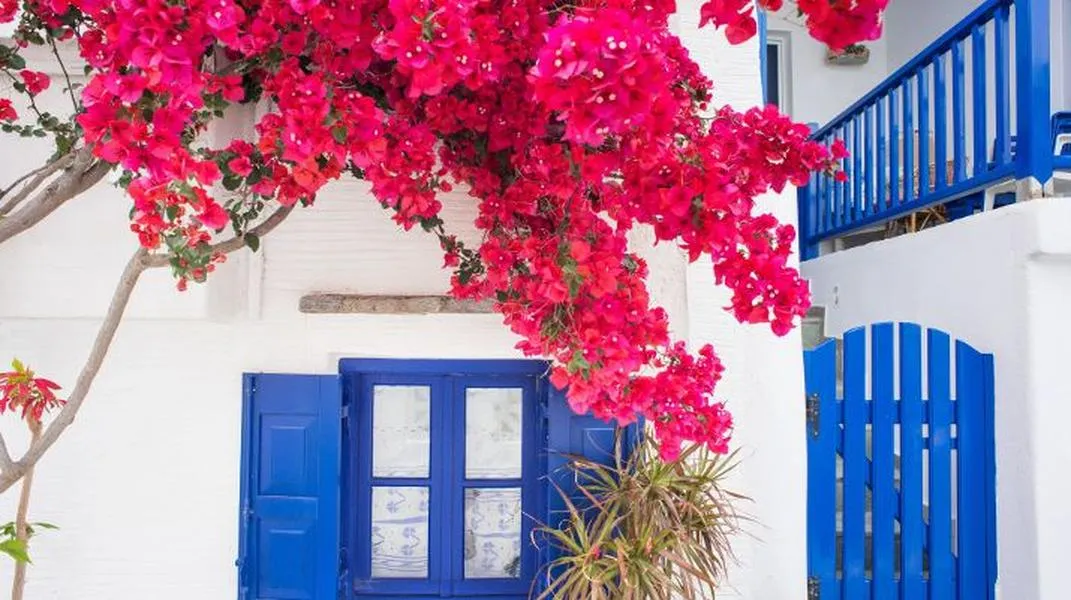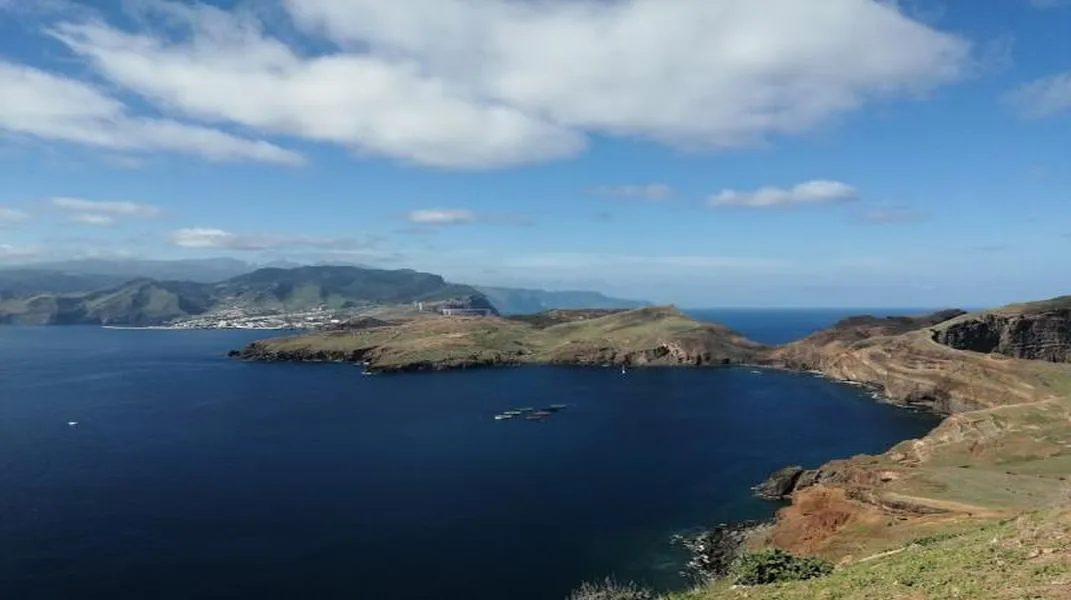Exploring Petroglyph National Monument: A Journey Through Time
Nestled in the heart of New Mexico, just west of Albuquerque, lies the Petroglyph National Monument, a treasure trove of ancient artistry and cultural significance. Covering over 7,000 acres, this remarkable site is home to more than 24,000 petroglyphs carved into volcanic rock by the indigenous peoples of the region, as well as Spanish settlers from the
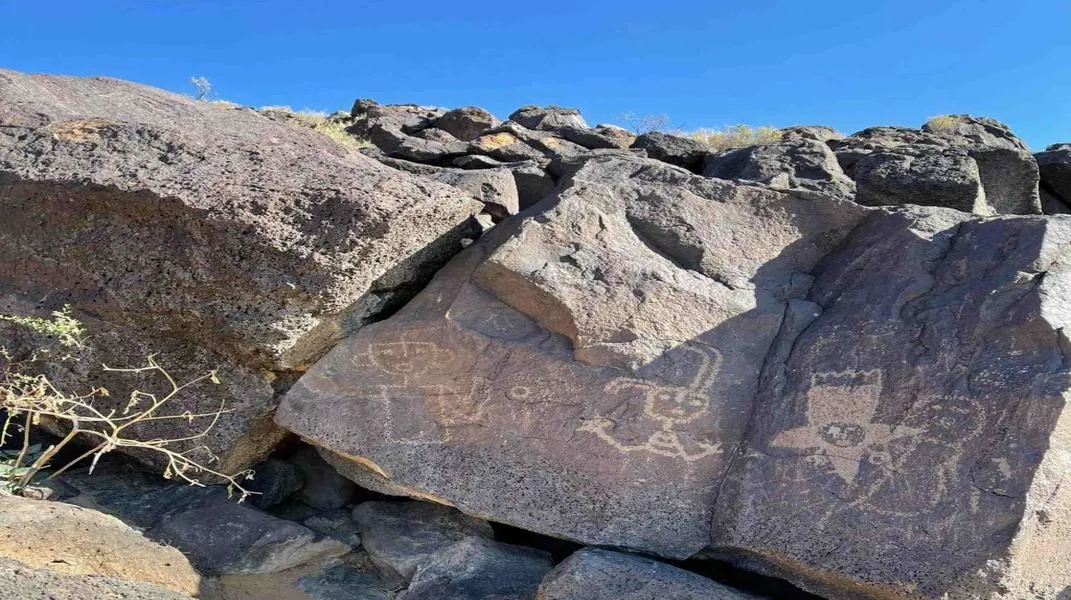
A Glimpse Into History
The petroglyphs found in the monument are a testament to the rich cultural tapestry of the area. They date back to as early as 400 AD and span across centuries, providing insights into the beliefs, practices, and daily lives of the people who created them. The imagery ranges from abstract symbols to detailed representations of animals, humans, and celestial bodies. Each carving tells a story, capturing the essence of the societies that thrived in this arid landscape.
The monument was established in 1990 to protect these invaluable cultural resources, and it remains an important site for research and education. The diverse range of petroglyphs provides an ongoing challenge for archaeologists and historians, who continue to explore their meanings and significance.
The Landscape
The Petroglyph National Monument is characterized by its unique geological formations. The landscape is dominated by black basalt escarpments, formed from ancient volcanic activity, creating a dramatic backdrop for the petroglyphs. Visitors are greeted with stunning views of the Sandia Mountains to the east and the Rio Grande Valley to the south, making the monument not only a place of historical significance but also a stunning natural wonder.
The monument is divided into several sections, including the Boca Negra Canyon, the Piedras Marcadas Canyon, the Rinconada Canyon, and the Volcanoes Area. Each section offers a different perspective on the petroglyphs and the surrounding environment.
Must-See Areas
Boca Negra Canyon
Boca Negra Canyon is one of the most accessible areas of the monument and is known for its concentration of petroglyphs. A short, well-maintained trail leads visitors through the canyon, allowing them to view a variety of carvings. Interpretive signs along the trail provide context and information about the petroglyphs, enhancing the visitor experience.
One of the most notable petroglyphs in Boca Negra Canyon is the “Man with a Bow,” an intricate depiction of a hunter poised with his weapon. This image, like many others, invites visitors to ponder the stories and meanings behind the art.
Piedras Marcadas Canyon
Piedras Marcadas Canyon offers a more secluded experience, with a vast array of petroglyphs scattered throughout its rocky landscape. The trail is longer and less developed than Boca Negra Canyon, but it rewards those who venture into its depths with numerous fascinating carvings.
Among the notable images here are the “Sun Symbol” and “Animal Tracks.” The symbolism found in Piedras Marcadas Canyon reflects the spiritual beliefs and connection to nature that were integral to the lives of the creators.
Rinconada Canyon
Rinconada Canyon features a more challenging hike that leads adventurers deeper into the monument’s rugged terrain. The canyon is known for its breathtaking views and expansive petroglyph fields, where visitors can see a wide range of designs, including anthropomorphic figures and geometric patterns.
As you hike through Rinconada Canyon, take a moment to pause and absorb the tranquility of the surrounding landscape. The vastness of the area allows for reflection on the cultural significance of the petroglyphs and the people who once inhabited this land.
Volcanoes Area
The Volcanoes Area, slightly further afield, showcases the region’s volcanic history. Here, visitors can explore the remnants of ancient volcanic eruptions that shaped the landscape. The petroglyphs in this area often depict animals, such as birds and deer, and reveal the relationship between the creators and their environment.
The trails in this section lead to the top of the volcanic cones, where sweeping views of the monument and beyond can be enjoyed. It’s a perfect spot for photography and appreciating the natural beauty of the Southwest.
Preparing for Your Visit
To ensure a rewarding and enjoyable experience at Petroglyph National Monument, it’s important to come prepared. Here’s a comprehensive list of materials and tips to help you make the most of your visit.
What to Bring
- Water: Hydration is crucial, especially in the arid climate of New Mexico. Carry a refillable water bottle and aim to drink regularly, particularly if you plan on hiking.
- Snacks: Pack light, energy-boosting snacks to keep you fueled during your explorations. Trail mix, granola bars, and fruit are excellent choices.
- Sun Protection: The New Mexico sun can be intense. Bring sunscreen, sunglasses, and a wide-brimmed hat to protect yourself from UV rays.
- Comfortable Footwear: Wear sturdy hiking shoes or boots with good traction, especially if you plan to hike in the less developed areas of the monument.
- Camera: Capture the stunning petroglyphs and landscapes with a camera or smartphone. Be mindful of the lighting, as certain times of day can enhance the textures and details of the carvings.
- Map and Guide: While the trails are marked, having a map of the monument can help you navigate the various sections and find specific petroglyphs of interest.
- Binoculars: For those who enjoy birdwatching or want to get a closer look at the petroglyphs, a pair of binoculars can enhance your experience.
- Notebook and Pen: For those interested in documenting their thoughts or sketches, a notebook can be a wonderful companion. Reflecting on the experience can deepen your appreciation of the site.
- First Aid Kit: It’s always wise to carry a basic first aid kit, especially on longer hikes. Include items like band-aids, antiseptic wipes, and any personal medications.
- Trash Bags: Practice Leave No Trace principles by bringing trash bags to collect any waste. Keeping the area clean ensures that future visitors can enjoy its beauty.
Best Times to Visit
The Petroglyph National Monument is open year-round, but the best times to visit are during the spring and fall months when temperatures are mild. Summer can be hot, with temperatures soaring above 90°F, while winter can bring cooler weather and occasional snow.
Accessibility
The monument is committed to making its resources accessible to all visitors. Many of the main trails, particularly in Boca Negra Canyon, are wheelchair accessible. However, some of the more rugged paths may pose challenges for those with mobility limitations. It is advisable to check the National Park Service website or contact the visitor center for specific accessibility information.
Educational Opportunities
The Petroglyph National Monument offers a variety of educational programs and guided tours. Check the schedule ahead of your visit to see if there are ranger-led programs, which provide in-depth insights into the petroglyphs and the cultural history of the region.
Conservation and Respect
As you explore the Petroglyph National Monument, it’s essential to remember the importance of conservation and respect for the site. The petroglyphs are fragile and irreplaceable; do not touch or climb on the rocks, as this can cause damage. Stay on designated trails to protect the natural environment and the integrity of the petroglyphs.
Additionally, consider the cultural significance of the site to local Native American tribes. Be mindful of their traditions and beliefs, and approach the petroglyphs with reverence.
Conclusion
Petroglyph National Monument offers a unique opportunity to connect with the past, providing a glimpse into the lives and beliefs of the indigenous peoples who once roamed this land. With its breathtaking landscapes, rich history, and diverse petroglyphs, the monument is a must-visit destination for anyone interested in archaeology, history, or the natural beauty of the American Southwest.
By preparing adequately and approaching the site with respect and curiosity, you can ensure a memorable experience that honors the legacy of those who came before us. Whether you’re hiking the trails, photographing the petroglyphs, or simply soaking in the views, Petroglyph National Monument is sure to leave a lasting impression on your heart and mind.

